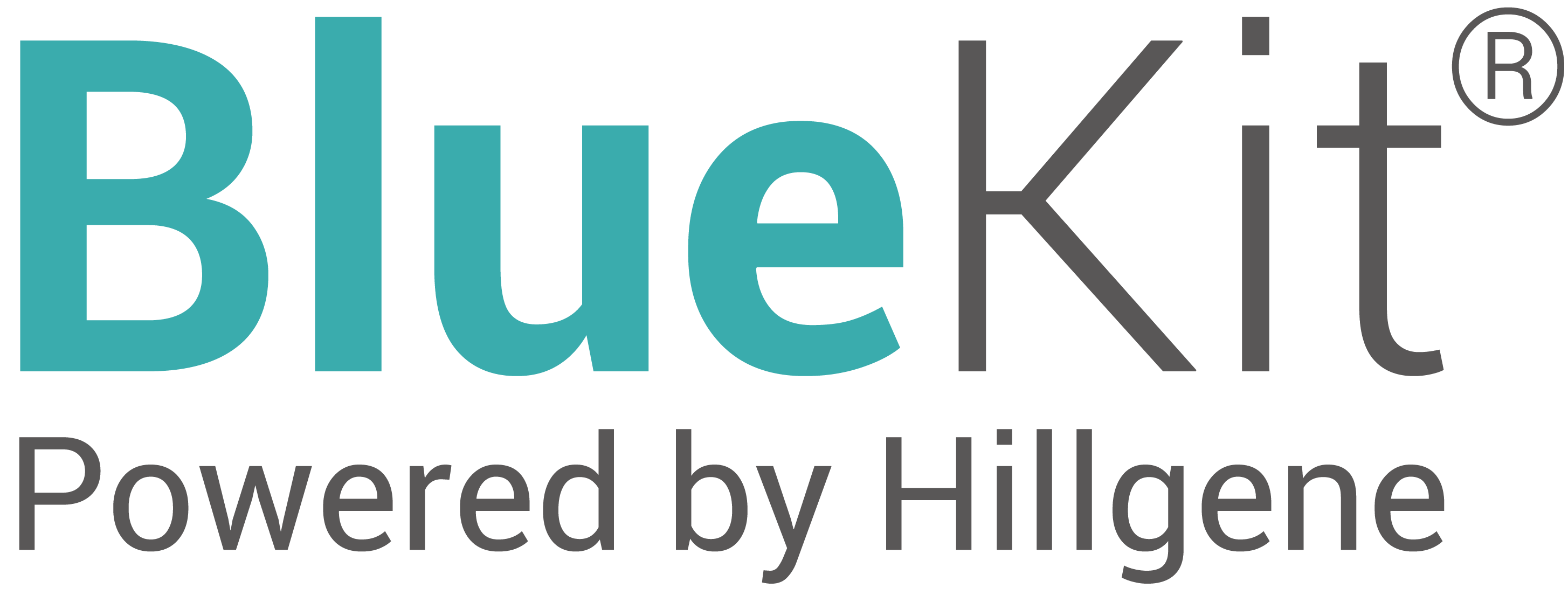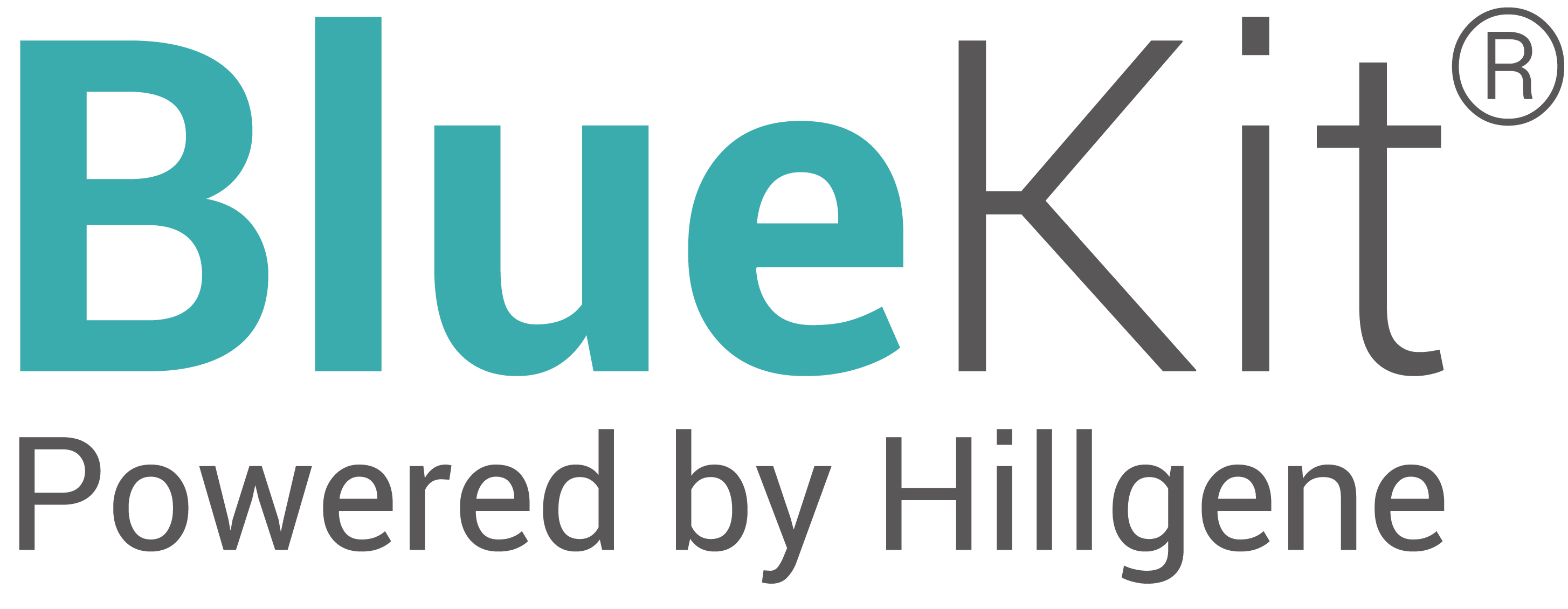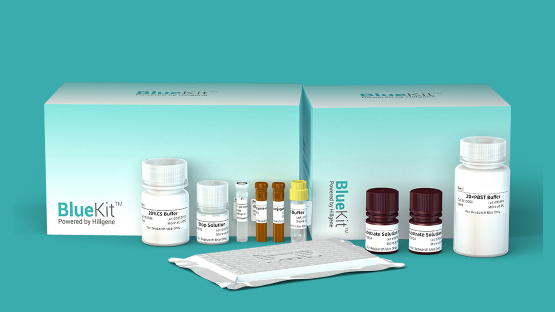Maximize Lentivirus Titer Analysis with BlueKit's ELISA Kit
Maximize Lentivirus Titer Analysis with BlueKit's ELISA Kit
$ {{single.sale_price}}
In the realm of viral vector research, the Lentivirus Titer p24 ELISA Detection Kit from BlueKit emerges as a pivotal tool for researchers and scientists dedicated to pushing the boundaries of gene therapy and molecular biology. This meticulously engineered kit is tailored to streamline the quantification process of Lentivirus Titer, ensuring that your experiments yield reliable and reproducible results.
Lentiviral vectors stand at the forefront of gene delivery systems due to their ability to transduce both dividing and non-dividing cells, their long-term expression capabilities, and their relatively low immunogenicity. However, the success of these vectors in both research and therapeutic applications hinges on accurate titer determination. The Lentivirus Titer p24 ELISA Detection Kit addresses this critical need by providing a highly sensitive and specific assay designed to measure the p24 protein levels, a core component of the lentivirus, thereby offering a surrogate marker for lentiviral concentration.
Our kit is grounded in a solid-phase sandwich ELISA format, where samples and standards are incubated in microplate wells pre-coated with a high-affinity anti-p24 antibody. The binding of p24 proteins present in the sample or standard is then detected through a subsequent incubation with a detection antibody that is conjugated to a horseradish peroxidase (HRP) enzyme. This innovative design facilitates a standard curve generation that accurately reflects the lentivirus titer in your sample, enabling precise modifications to your experimental or therapeutic protocols based on dependable data. Moreover, the Lentivirus Titer p24 ELISA Detection Kit by BlueKit is complemented by a comprehensive datasheet that guides you through the process, ensuring that even complex laboratory procedures become straightforward. Whether you're a seasoned researcher or embarking on your first gene therapy project, this kit is designed to support your endeavors with precision, reliability, and ease. By choosing BlueKit’s Lentivirus Titer assay, you align your research with the pinnacle of scientific tools, advancing the frontier of genetic exploration and therapeutic innovation.
|
Standard curve
|
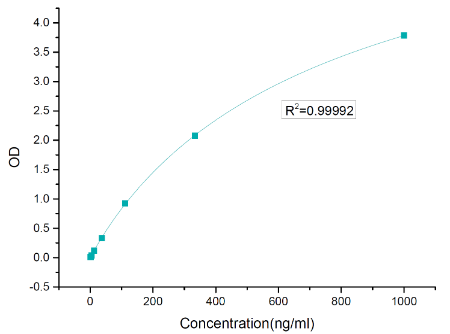
|
Datasheet
|
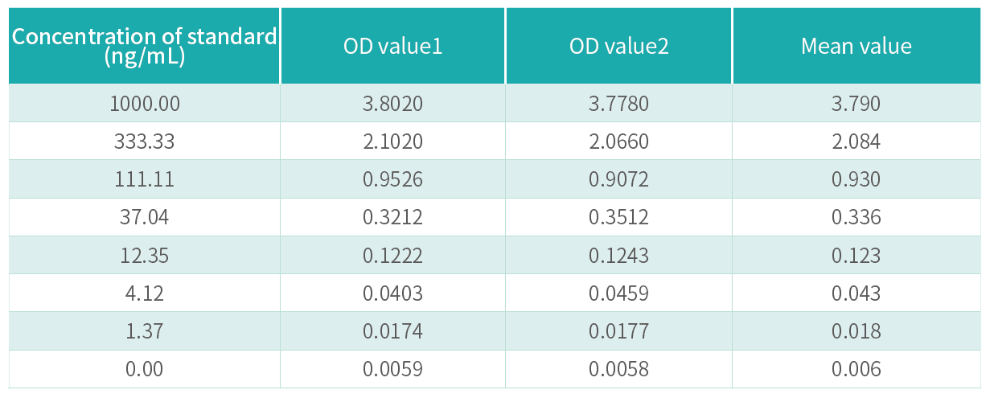
Our kit is grounded in a solid-phase sandwich ELISA format, where samples and standards are incubated in microplate wells pre-coated with a high-affinity anti-p24 antibody. The binding of p24 proteins present in the sample or standard is then detected through a subsequent incubation with a detection antibody that is conjugated to a horseradish peroxidase (HRP) enzyme. This innovative design facilitates a standard curve generation that accurately reflects the lentivirus titer in your sample, enabling precise modifications to your experimental or therapeutic protocols based on dependable data. Moreover, the Lentivirus Titer p24 ELISA Detection Kit by BlueKit is complemented by a comprehensive datasheet that guides you through the process, ensuring that even complex laboratory procedures become straightforward. Whether you're a seasoned researcher or embarking on your first gene therapy project, this kit is designed to support your endeavors with precision, reliability, and ease. By choosing BlueKit’s Lentivirus Titer assay, you align your research with the pinnacle of scientific tools, advancing the frontier of genetic exploration and therapeutic innovation.
{{item.c_type}}
{{item.title}}
{{item.c_time_limit}}
{{item.title}}
Overview
Protocols
Specifications
Shipping & Returns
Video Recording
Cat.No. HG-P001L $1,154.00
This product uses a double-antibody sandwich method to detect HIV-1 p24 protein in samples. A monoclonal antibody specific to HIV-1 p24 antigen is coated on a microplate, and the standard or test sample is added into the reaction well. At the same time, the anti- HIV-1 p24 secondary antibody is added and incubated at room temperature to form the antibody-antigen-secondary antibody complex. The unconjugated compounds are removed by washing and protein content in the sample is indicated by the intensity of TMB color development.
| Performance |
Assay range |
|
|
Sensitivity |
|
|
|
Precision |
|

